People have been watching the annual Lyrid meteor shower for more than 2,700 years. Come join the crowd!
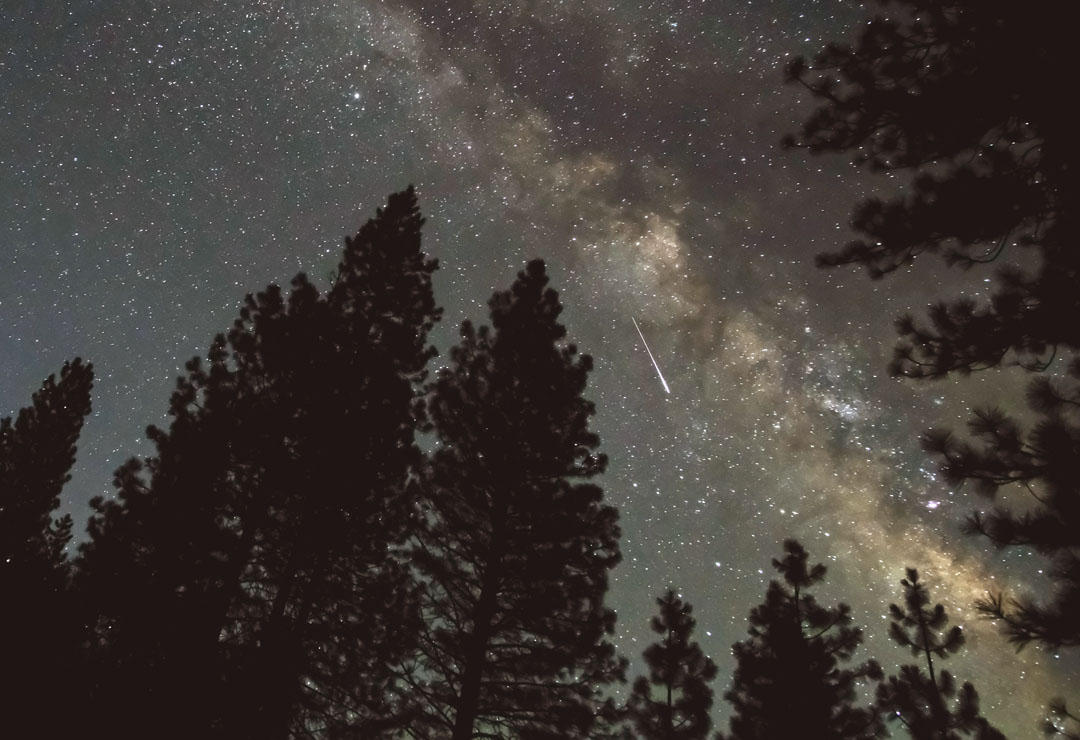
Brian Washburn
Lyra, the Lyre (an ancient kind of harp), gives its name to the annual Lyrid meteor shower. While they’re no summer Perseids — more like a gentle April shower — the Lyrids reliably return every year to add a little pizzazz to the early spring sky. Since the last significant shower (the Quadrantids) occurred in early January, these meteor-starved eyes welcome their return.
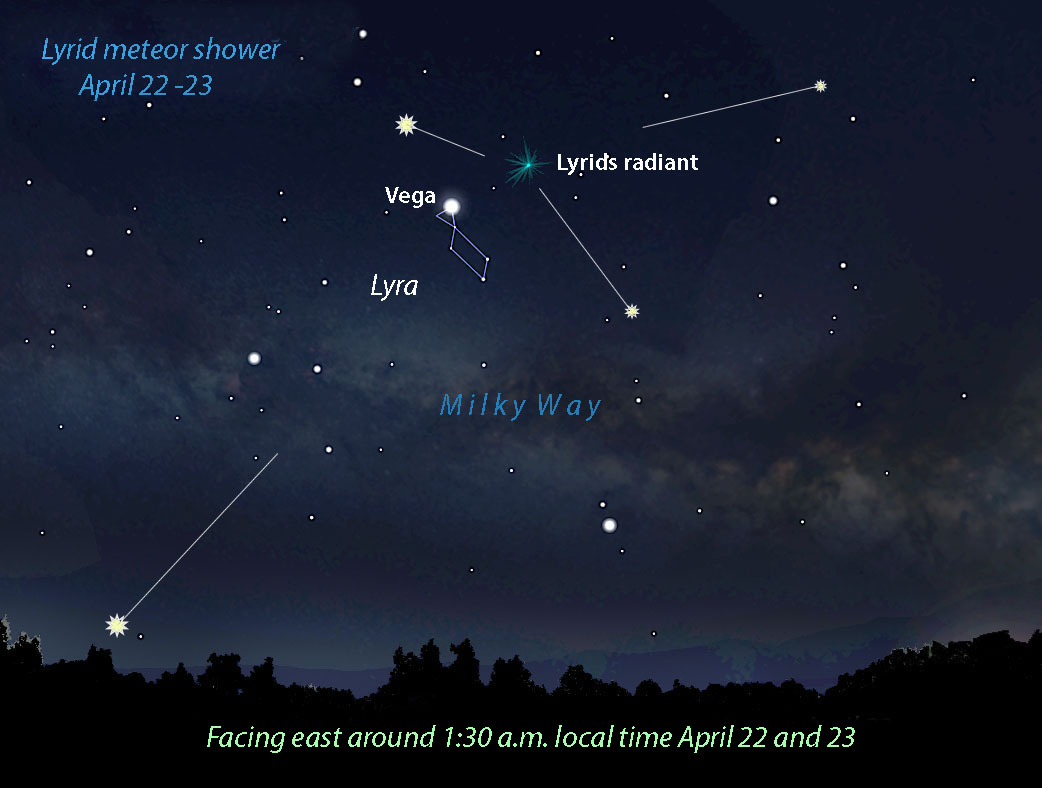
Stellarium
The term "Lyrids" is something of a misnomer because the shower's radiant — the point in the sky from which the meteors emanate — is located 8° southwest of Vega (Lyra's brightest star) in eastern Hercules. Before constellation boundaries were standardized in 1930, the annual flurry was associated with brilliant Vega and the constellation Lyra, hence the name.
Showers are generally best when the radiant stands high in the sky and meteors rain down from all around. When it's below about 20°, a significant fraction of shower members go unseen because they're cut off by the horizon. With the Lyrids, the prime time occurs in the small hours before dawn, when observers would typically see between 10 and 20 meteors per hour from a dark sky.
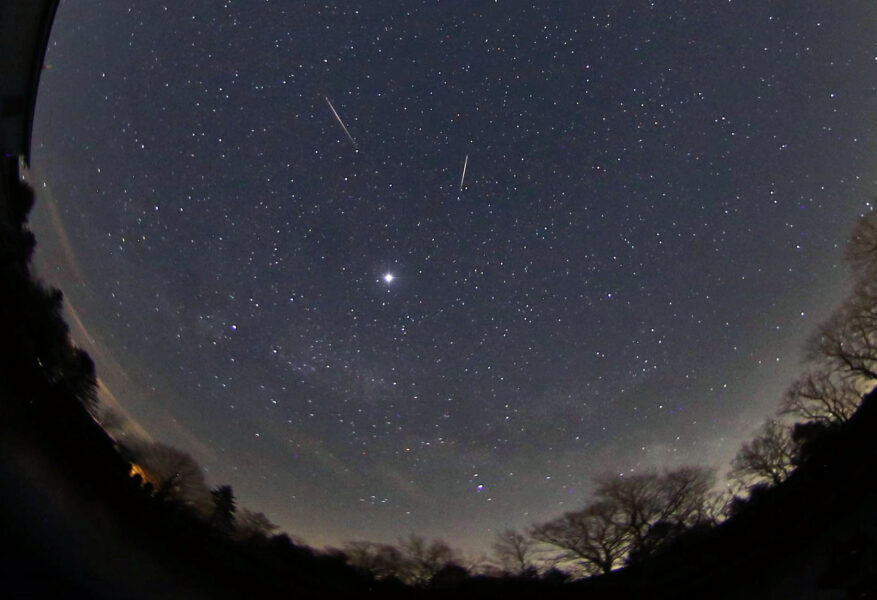
Tom Wildoner / The Dark Side Observatory
Two factors slightly compromise this year's shower: The last-quarter Moon sticks its finger in the pudding and the peak occurs occurs around 19 UT (3 p.m. Eastern Time) on April 22nd, which favors the Eastern Hemisphere. In the Americas we split the difference, allowing for two reasonably good viewing options:
Thursday night, April 21–22: 11 p.m. local time until moonrise (around 2:30 a.m.)
Friday night, April 22–23: 11 p.m. local time until moonrise (around 3:30 a.m.)
In each case, the later you're outside, the higher the radiant and the more meteors you'll see, with the amount of dark sky limited by the time of moonrise. Keep in mind that the waning half-Moon will remain rather low in the southeastern sky right up till dawn. While its light will definitely reduce the visibility of the Lyrids, it will hardly kill the shower. You can face any direction to enjoy to the show, but I like southeast to south (after midnight) with the radiant off to one side for the nice mix of short- and long-trailed meteors.
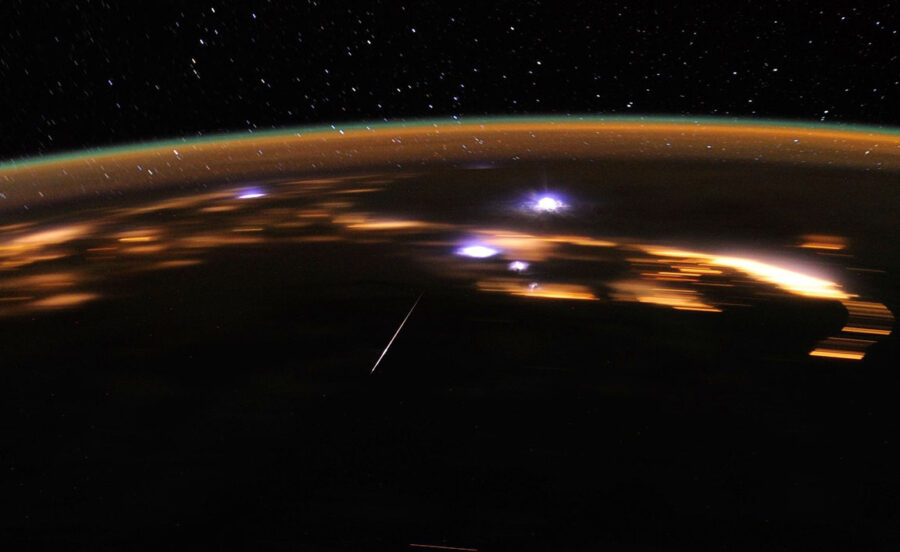
NASA
Each Lyrid meteor is a tiny fragment about the size of a grain of sand (some larger, some smaller) cast off from Comet Thatcher (C/1861 G1) during its ponderous, approximately 415-year journey around the Sun. The material forms a debris train along the comet's orbit that Earth plows through during the last two weeks of April. We encounter the densest part of the stream around the 22nd which gives rise to the peak. Like railroad tracks that seem to converge in the distance, shower meteors travel on parallel trajectories and appear to arrive from a single point in the sky. To better visualize Earth's encounter with Thatcher's fragments, click on the image below, then drag and scroll your mouse.
Each particle strikes our planet's atmospheric "windshield" at 46 kilometers per second (103,000 mph) and not only incandesces but produces a glowing trail of ions that together create the bright streak we call a meteor. While the Lyrids can't match the Perseids or Geminids for numbers, they produce a fair share of bright meteors and fireballs.
The shower also exhibits a periodic outburst cycle in multiples of 12 years, when rates peak well above normal. Observers enjoyed rich if brief displays in 1922 (360–600 meteors per hour), 1934 (56–80) 1946 (110) and 1982 (250). The grandest of all blowouts occurred in 1803 when the Lyrids produced multiple fireballs and numbers skyrocketed to 700–900 per hour!
Gravitational meddling from Jupiter, which has an orbital period of 12 years, may be behind the periodicity as outlined in this research paper. If the cycle holds true, our next chance for a flare-up would be in 2030. There also appears to be a 60-year cycle as well, in which case the next (or another) Lyrid flare-up might happen in 2040 or 2041, according to Peter Jenniskens, senior research scientist at the SETI Institute.
However the 2022 Lyrids perform, know that your vigil in a reclining chair makes you part of the shower's long heritage. Humans have been watching Comet Thatcher's offspring streak the sky for more than 2,700 years. Chinese observations of the Lyrids go as far back as March 16, 687 BC when court astronomers reported that "in the middle of the night, stars fell like rain."
Watching meteor showers is easy. No equipment is needed other than a lounge chair and warm clothes. Give the Lyrids an hour or so. Relax. Your vigil is a good time to get reacquainted with the late spring and early summer constellations, spot a few satellites, and maybe even hear some owls. I like to try to see how many naked-eye deep-sky objects I can see while waiting for the next flash.
And if you've never spotted China's Tiangong Space Station you're in luck. The week of the shower's peak it begins a series of excellent passes visible from many Northern Hemisphere locations, where it will shine as bright as 1st magnitude. To find out when and where to look, go to Heavens Above and and input your location by following the link in the top-right corner of the page. Then return to the home page and click the blue Tiangong link for a table of times, elevations, and magnitudes. Click any line in the table for a map showing the satellite's path.
Happy (meteor) trails!
 0
0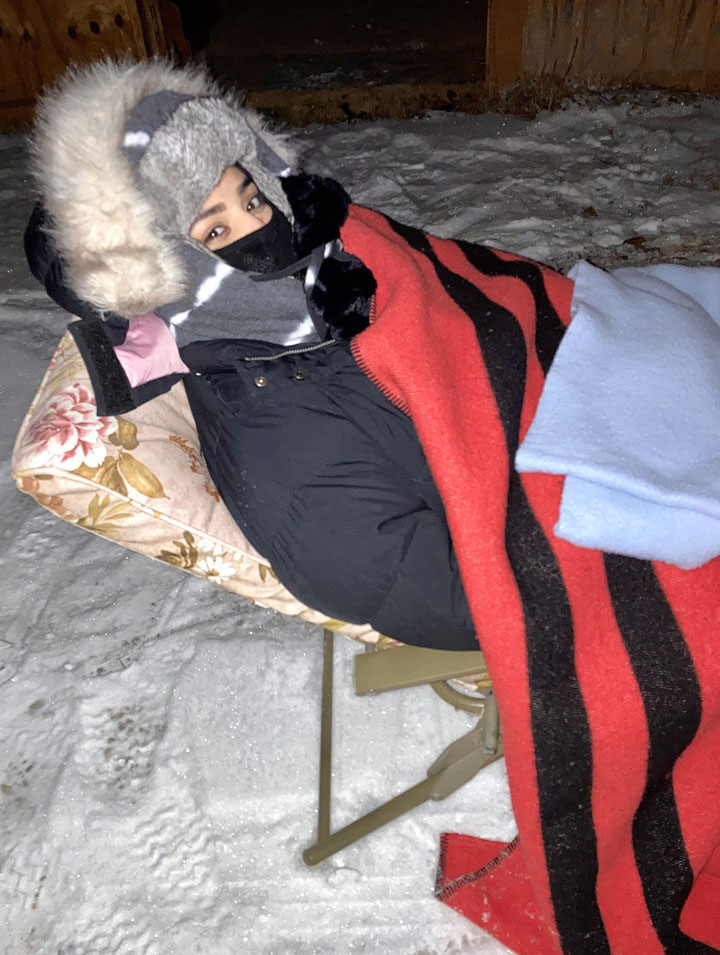










Comments
You must be logged in to post a comment.